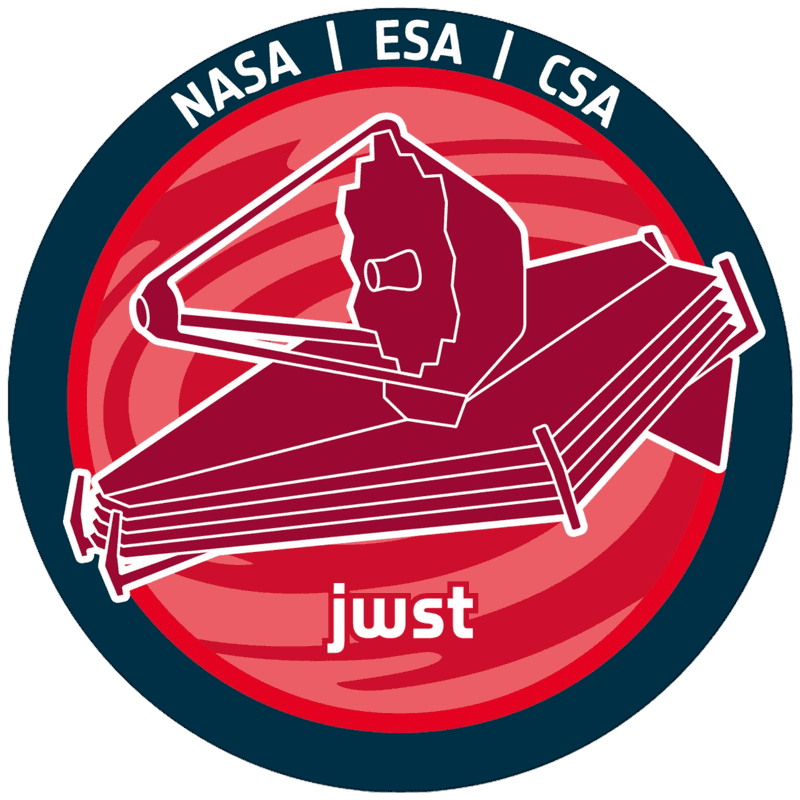Gravitational lenses in the COSMOS galaxy field
This video highlights the ESA/Webb Picture of the Month feature for September 2025. It shows eight stunning examples of gravitational lensing.
Gravitational lensing, which was first predicted by Einstein, occurs because massive objects like galaxies and clusters of galaxies dramatically warp the fabric of spacetime. When a massive foreground object lines up just so with a background galaxy, the light from the background galaxy bends as it navigates the warped spacetime on its way to our telescopes.
Arcs and circles are prevalent in these gravitationally lensed galaxies, which were identified in data from COSMOS-Web, a 255-hour Treasury programme. COSMOS-Web aims to understand the formation of the most massive galaxies in the Universe, identify galaxies that were present when the first stars and galaxies reionised the Universe’s hydrogen gas, and study the relationship between the mass of a galaxy’s stars and the mass of its galactic halo across cosmic time. Using these data, researchers carried out the COSMOS-Web Lens Survey, or COWLS, to search for gravitational lenses. The researchers inspected more than 42 000 galaxies by eye and picked out more than 400 promising lensing candidates.
This Picture of the Month feature presents a collage of eight of the most spectacular lenses identified by the research team.
You can learn more about these images here.
Credit:ESA/Webb, NASA & CSA, G. Gozaliasl, A. Koekemoer, M. Franco, N. Bartmann (ESA/Webb)
Music: Stellardrone - The Belt of Orion
About the Video
| Id: | potm2509a | |
|---|---|---|
| Release date: | 30 September 2025, 10:00 | |
| Duration: | 55 s | |
| Frame rate: | 25 fps | |

